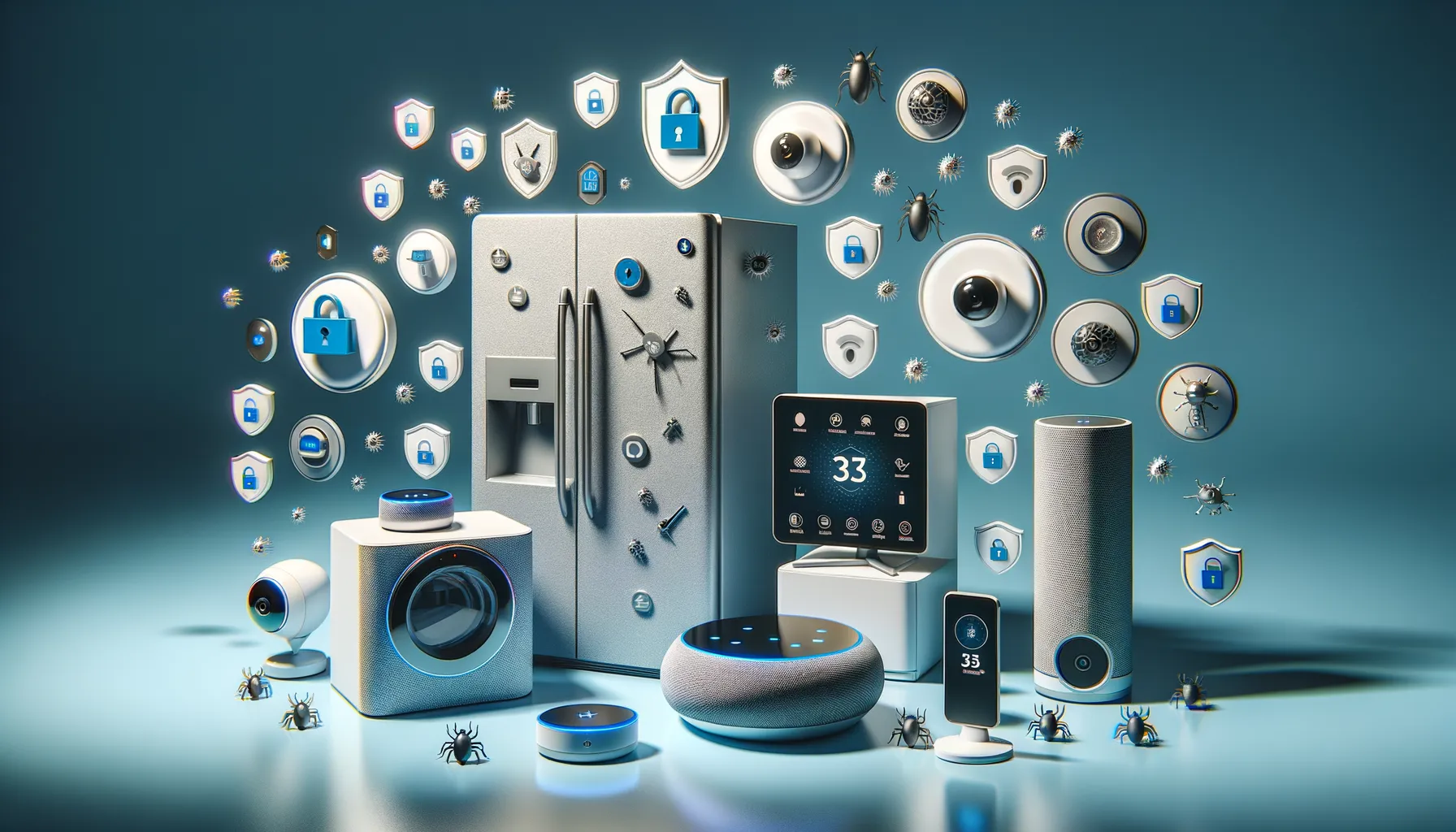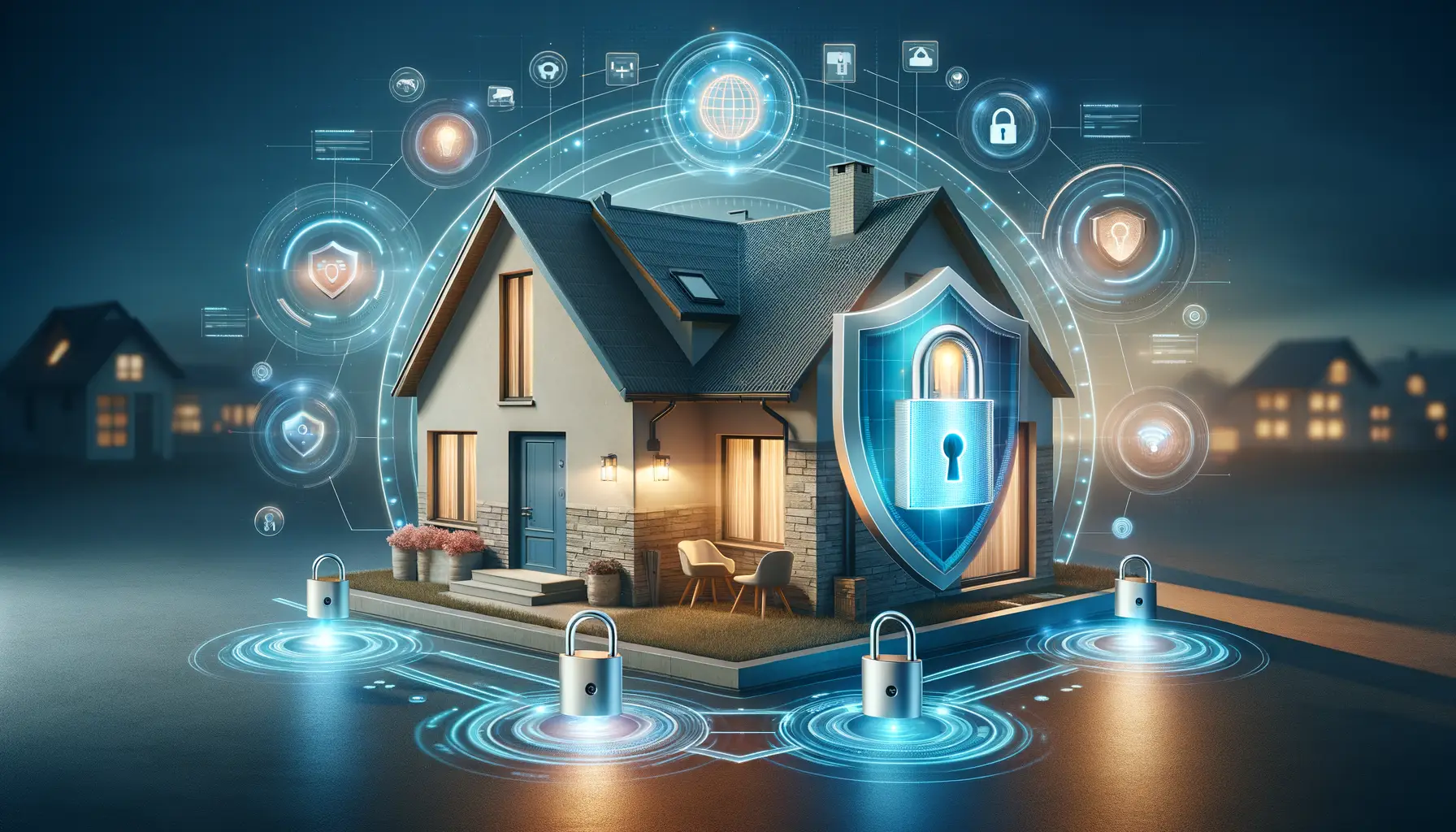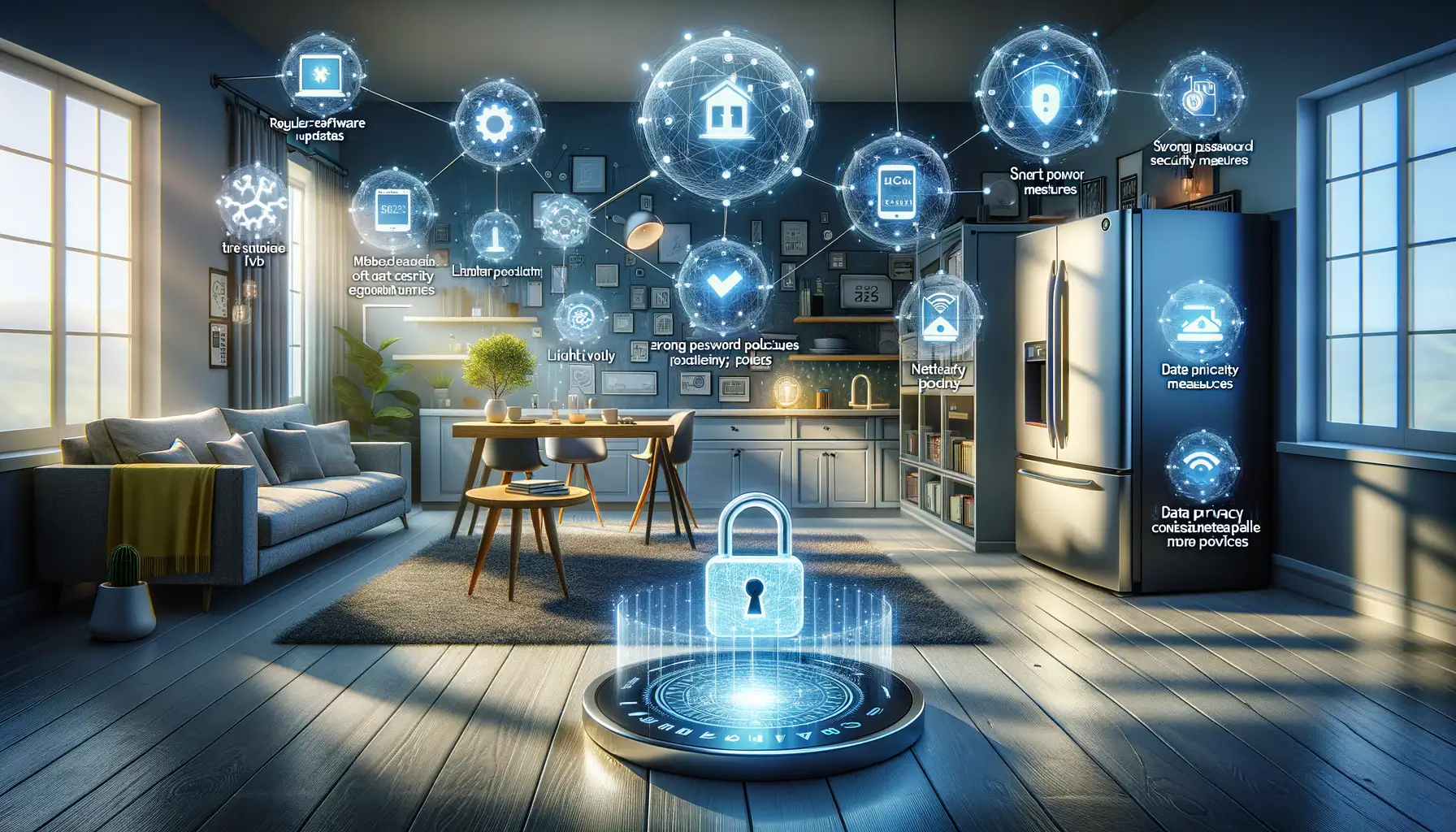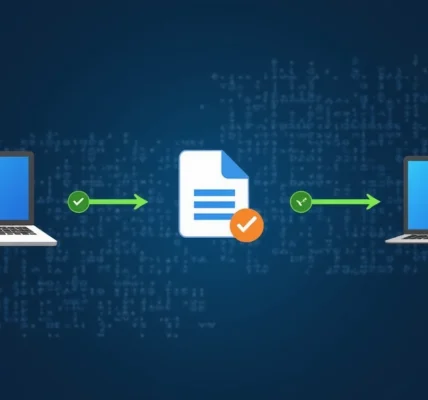Understanding the Risks of IoT Devices in Smart Homes
The Hidden Dangers Lurking in Your Smart Home
Your cozy smart home may feel like something out of a sci-fi dream, but beneath the surface of all those connected devices lies a web of potential vulnerabilities. Let’s get real—your smart gadgets might not be as “smart” about security as you think. Sure, your Wi-Fi-enabled thermostat or voice-activated assistant feels like magic, but what if I told you they could also be an open door for cyber intruders?
How? Well, it often comes down to things like default passwords (hello, “123456!”) or outdated firmware. Hackers are like digital pickpockets—they don’t need to smash down your front door when your devices practically leave a welcome mat out for them.
- Unauthorized access: Imagine someone remotely controlling your baby monitor—terrifying, right?
- Data breaches: Your smart fridge might know more about your grocery habits than you’d like a stranger to.
- Botnet armies: Hackers can turn your IoT devices into silent soldiers for cyberattacks.
So while your smart home is busy making life easier, make sure it’s not making life easier for bad actors too!
Common Vulnerabilities in IoT Devices

When Convenience Comes at a Cost
Imagine your doorbell welcoming strangers instead of friends, or your smart fridge oversharing your grocery list with hackers. Sounds absurd, right? But IoT device vulnerabilities can open up exactly those bizarre doors—and many more! These gadgets, from cameras to thermostats, are not just smart; they can also be surprisingly naive when it comes to security.
Here’s where the cracks usually show:
- Weak or Default Passwords: Many devices come with passwords like “1234” or “admin.” If you don’t change them, guess who’s playing digital lockpick?
- Lack of Updates: Some IoT devices are shipped and forgotten by manufacturers, leaving them without critical security patches.
- Unencrypted Data Transfers: Your personal information could be floating through cyberspace as openly as a postcard.
The Hidden Risks of Device Ecosystems
Here’s the kicker—once a hacker gets into one device, it’s often like opening a domino chain of chaos. For example, your smart baby monitor could lead them to your Wi-Fi network, and from there, straight to your personal data. Interconnectedness, while convenient, creates an irresistible playground for cybercriminals.
Think of your smart home as a fortress; even the tiniest hole in the wall could let intruders inside.
Effective Strategies for Securing Your Smart Home

Shielding Your Home’s Digital Doors
Your smart home might feel like a cozy cocoon of convenience, but without proper defenses in place, it’s as if you’ve left the front door wide open—and nobody wants uninvited digital guests. Start by setting up strong, unique passwords for every single device. Yes, even the quirky smart fridge or that voice assistant sitting on your countertop—they’re potential entry points for hackers. Think of them as digital locks for every “door” leading to your home’s heart.
Next, consider enabling two-factor authentication wherever possible. It’s like having a bouncer at the club—just because someone has a password doesn’t mean they’re instantly allowed in. Need another layer of defense? A robust firewall can act as your virtual moat, keeping intruders at bay.
- Invest in network segmentation: Create separate Wi-Fi networks for your IoT devices and personal tech.
- Embrace automatic updates: Many hacks exploit outdated systems, so let your devices keep themselves fresh.
- Disable unused features: If a device has voice commands or remote access you don’t use, shut it off—less access, fewer risks.
Remember, you’re not just protecting gadgets; you’re safeguarding your family’s privacy and peace of mind.
Best Practices for Maintaining IoT Security

Stay One Step Ahead: Tips for Keeping Your IoT Secure
Your smart home may feel like a trusted friend, but let’s not forget—it’s also a magnet for sneaky cyber threats. From your voice assistant that knows your favorite song to the thermostat quietly learning your habits, each device is a digital door. The question is, how well are you locking them?
Here’s how to bulletproof your IoT fortress:
- Change default passwords: The factory-set passwords on devices might as well be sticky notes inviting hackers in. Make them long, quirky, and unique.
- Update firmware regularly: Outdated software is like leaving the back door open. Check for updates from the manufacturer frequently.
- Disable unnecessary features: Does your smart fridge really need remote access? Shut off what you don’t use.
Network Control Is Home Control
Think of your Wi-Fi network as the brain of your smart home. Strengthen it! Use a strong, unique password, enable WPA3 encryption, and set up a guest network for visitors to keep your main devices isolated. Feeling extra cautious? Invest in a dedicated IoT firewall—your home deserves it.
Small steps today can save you massive headaches tomorrow. Stay vigilant, stay secure!
Future Trends in IoT Security and Smart Home Technology

What’s Next for IoT and Smart Home Security?
The future of IoT security is like a double-edged sword—while we’re seeing smarter defenses, hackers are sharpening their tools too. Imagine walking into your home where your fridge orders groceries, your thermostat adjusts itself, and your doorbell greets visitors by name. Sounds dreamy, right? But beneath this marvel lies a battlefield of evolving threats.
One of the most exciting trends is the rise of AI-powered security systems. Picture this: your smart camera doesn’t just record; it learns. Over time, it can distinguish between the neighbor’s cat and a potential intruder. Game changer, isn’t it?
We’re also looking at the integration of blockchain into IoT. With blockchain, your devices could communicate securely without relying on a central server—a bit like having an unbreakable secret handshake among your gadgets.
- Biometric authentication: Your smart locks might soon require your fingerprint or retina scan, raising the bar on protection.
- Edge computing: Processing data locally on your devices instead of sending it to the cloud means faster responses and less vulnerability to cyberattacks.
Keep an eye on this space because the balance of convenience and security will transform in ways we’re only beginning to grasp.












